I wrote recently about my struggles to find a camera that would satisfy both my and my wife's demands .
To recap, I wanted a compact with a fast lens, good low light sensors and plenty of control. My wife wanted one which was basically a point and shoot. One thing we did agree on though, was that it should not cost the earth.
After much pondering, trawling of Amazon, wandering through camera shops, etc I finally made my choice.
So this blog is to formally announce a new addition to my camera family of the Sony DSCWX200.
The camera
You may well ask "Why this model". Well to be honest it wasn't my 1st choice(or 2nd, 3rd or 4th).Choice No. 1 would probably have been one of the Sony RX100 range (maybe its only me, but Sony at present are looking the most innovate of all the mainstream camera companies), but it's price, for what would basically be an occasional use camera, was just too much. Anyway it hardly meets the concept of a simple point and shoot camera.
The Panasonic LX7 was also a contender with it's fast F1.4 lens (plus I love the control mechanism using the lens ring), but again price was against it.
I was really tempted by the Olympus STYLUS XZ-10 with its 1.8 maximum aperture lens. Also it's has been severely discounted in recent months making it's cost well within my price range.
So why didn't I buy it?
The 1st problem was the level of discount. I like a bargain as much as anyone, but sometimes things can look just too good. My general rule is that if a deal looks too good, it usually is (Another good rule is never buy from a cold caller). In this case I needed to work out why it had been discounted by so much.
From user reviews it was apparent, that while in itself it is a decent camera; you had to work the non-auto functions hard to get decent results. Personally I would of been fine with that, but this went against my wife's needs and since it would be she who would primarily be using it, I sadly decided not to risk it.
The end result was that I had run out of options. After trawling through Amazon and the alphabet soup that cameras seemed to be named nowadays, I decided to go back to basics and work out what were the must have features.
Obviously price was a big factor, but I also felt reasonable low light capability was a must. This in turn pointed to cameras using a back illuminated CMOS sensor. Not many cameras at my price range(£100) seemed to have these, but eventually I stumbled on the Sony camera.
It had the right level of functionality and the right type of sensor. Also Sony have a good reputation for compacts. On the downside the lens was not as fast as I wanted (a maximum F3.3), but at my price point there was always going to be compromises, and good glass seems to be the 1st thing camera manufacturers economise on.
So since my wedding anniversary was looming, this seemed the perfect time for a new present for my wife.
The review
So now I have had the camera for a few days, what are my impressions?
Firstly I was surprised how small it was. Maybe it is because I am so used to dragging around a DSLR, but it feels positively diminutive in my hands. Build quality is good, especially when compared to Nikon's coolpix range, which in comparison look like they were designed for a kindergarten.
 |
| The Camera in my hand(Note my hands are average size) |
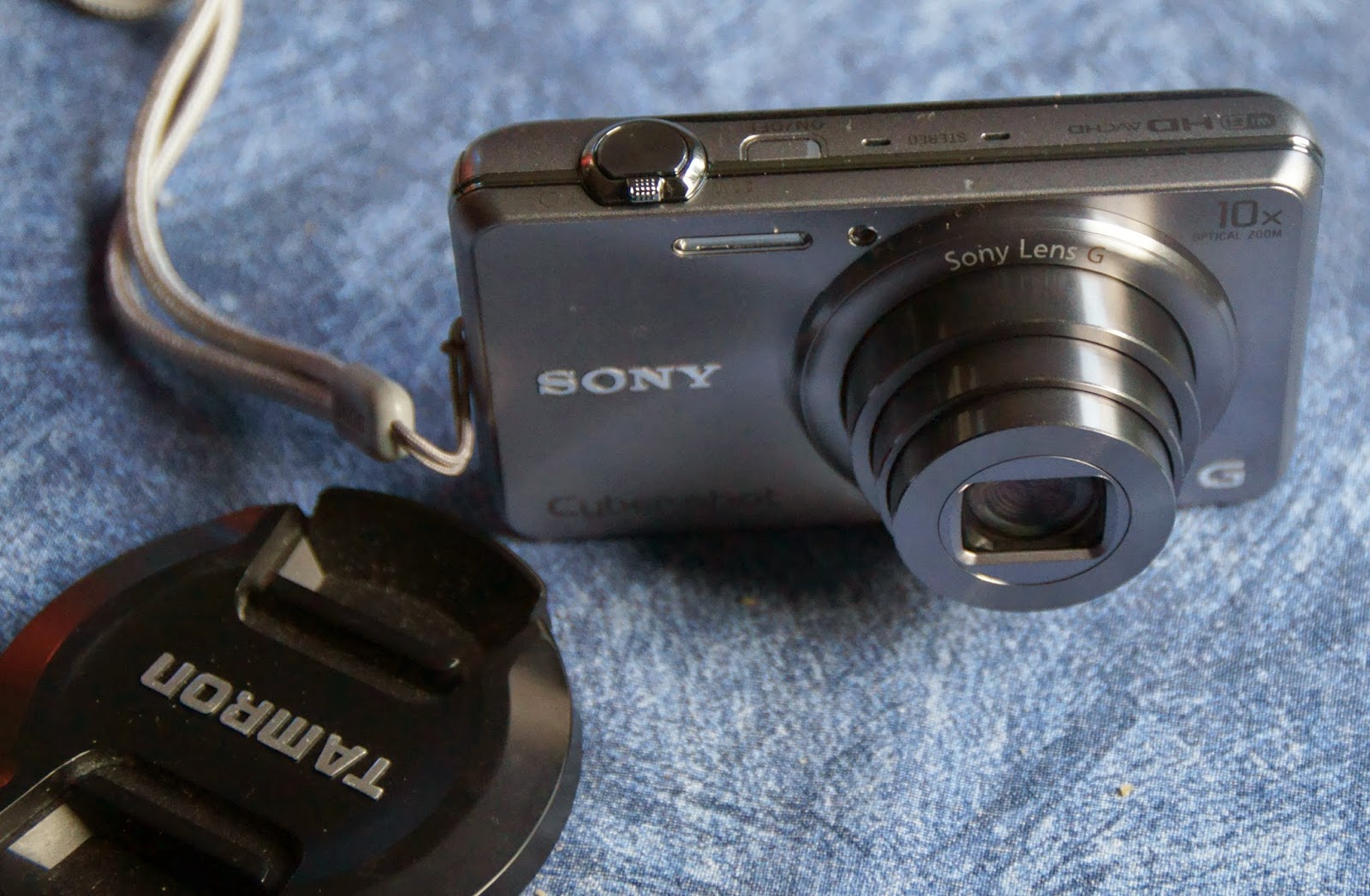 |
| Camera next to a 55mm lens cap |
When you turn it on, it does that sort of transformers trick where a large lens seemingly unfolds itself from a seemingly too small a space .
This is one of the problems with such cameras. While they are off, they are easy to carry in a shirt pocket, etc. However once turned on and the lens is extended what do you do with them? They have no camera straps like bigger cameras and they are too bulky to fit in pockets. You are then left with the dilemma of carrying them around left on, or switching it off in the hope that the camera will restart quick enough if required.
So I found myself constantly switching the camera on and off again between use. While camera restart times are not terrible, there is definitely a lag between the lens extending and the camera being ready to take shots. As a result, it is not a camera which can be quickly brought into action, as I found to my cost when trying to take a picture of a squirrel that had inadvertently strayed onto our path. Saying that, at least with a inbuilt lens you do not have to forever be hunting for lens caps as I do with my DSLR
In terms of the camera user interface, it is a typically Sony affair with a combined 4 way pad and rotary dial doing most of the heavy lifting. Sony has been slow in moving to touch screens for their cameras (which is strange considering their mobile phone heritage), and while I don't believe touch screens are always the answer, it is nice to have the touch to focus capability that you get on some Panasonic cameras and virtually all phones nowadays.
The screen itself is bright and the information display clear, although it is annoying that they could not have taken a note from their mobile division and fitted a harder screen with a grease resistant coating. As a result a screen protector will at some point need to be applied.
In terms of functions, it fulfills it's simple camera requirements by having a minimum of functionality. Similarly the manual is the usual Sony affair of conciseness combined with total lack of useful information.
The camera has a number of modes, but there is very little information on their differences and uses. For example the 1st two modes are intelligent auto and Superior Intelligent Auto , and there is absolutely no indication of the difference between the two (My Sony DSLR has the same modes, and again I have no idea of the differences between them or when I should use one or the other). Why Sony persists with offering both modes is beyond me. It is like having a car gear stick labelled normal and better.
There is also a Programme mode which promises the ability to manually change some settings. However these are limited to the ability to modify ISO, white balance and focus/aperture modes. There is no ability to change the aperture or shutter speed. A lock focus mode would of been useful too. But then again this is a beginners camera. There is however a method of tweaking the exposure compensation, but no histogram for you to judge it's effects.
The camera also provides a number of effects modes such as HDR, HDR B&W, toy, single color etc.
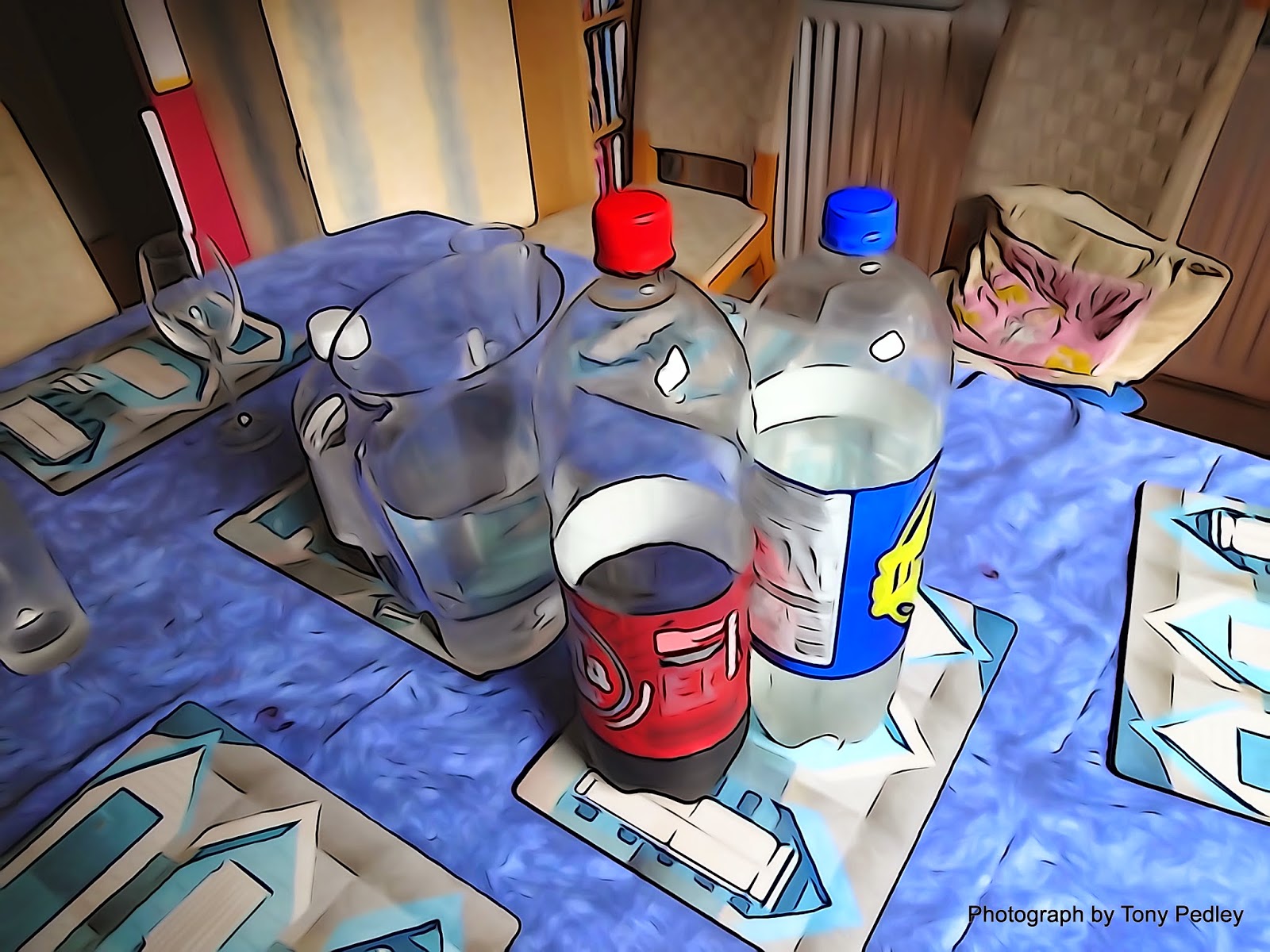 |
| Illustration Mode. To be fair this was an interesting effect, but useful? Maybe not |
 |
| HDR Mode |
Now I know why camera manufacturers provide such modes.They are a low cost way of adding what at first glance seem useful functions. All they require are software tweaks and compared to, say adding a larger lens, this is a pretty cheap option (They are also almost exactly the same functions as provided on my DSLR, which hints to me that they use a common set of software algorithms.).
I do wonder however whether after the initial fun of playing about with them, whether they are actually ever used. Certainly on my Sony DSLR, HDR and B&W HDR are the only such functions I now use with any regularity. Anyway many of the modes can be re-created via any competent photo manipulation tool.
As an aside I wonder how long it will be until camera manufacturers start offering ways to extend their cameras through the use of apps. Samsung showed the way this could be done with there Android based camera, and Sony's high end A7 range cameras also now are starting provide this capability. As someone who often loads camera apps onto his phone, it would be great if I could add such things like extra editing functions and camera modes.
The camera has a number of other modes including Panorama, a number of scene specific functions such as landscape, food, background blur etc. Sony has also persisted in including a 3D mode despite no one ever using it.
It can also take video if that is your want(it's not mine generally). But if you do I am sure it will do a fine job
The camera also allows you to control it from a mobile phone or a tablet. Once the Sony app is downloaded you can connect to the camera and see what the camera sees, zoom, turn the flash on or off and take a photo.
I must admit this is a feature I've wanted for my DSLR for a long time since it would certainly make taking long exposure shots on a cold winter night a lot more fun if I could do it from the car. As it is I may try and see if I can use it to take candid bird shots, however I worry whether the lag between app and camera may be to much to be much use.
The Pictures
So how did it do?
Well the initial results were promising. A walk round my local forest with my family gave some reasonable results, and I must admit I did feel a sense of liberation in not to having the weight of a DSLR round my neck.
However I struggled a number of times to get the shot I wanted and was itching to switch to some sort of mode where I could grab some control, which only goes to shows how much having a DSLR has spoiled me.
 |
| A snap shot. The exposure is nicely balanced and focus is good |
 |
| A landscape photo showing the distant cooling towers. Camera gave good exposure and was sharp |
 |
| Skin tones come out pretty well as with this portrait shot |
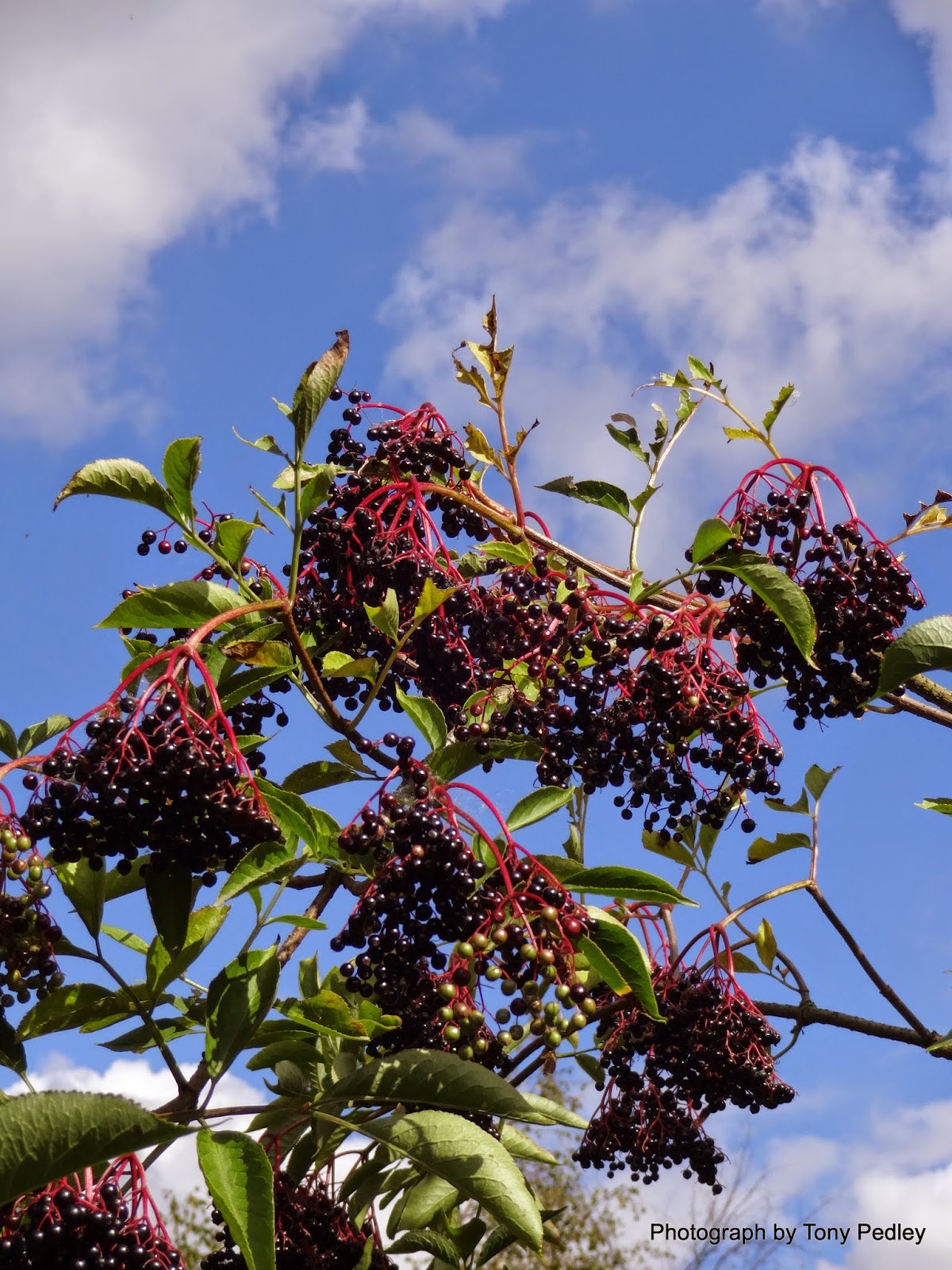 |
| Again the exposure is about right against The sky |
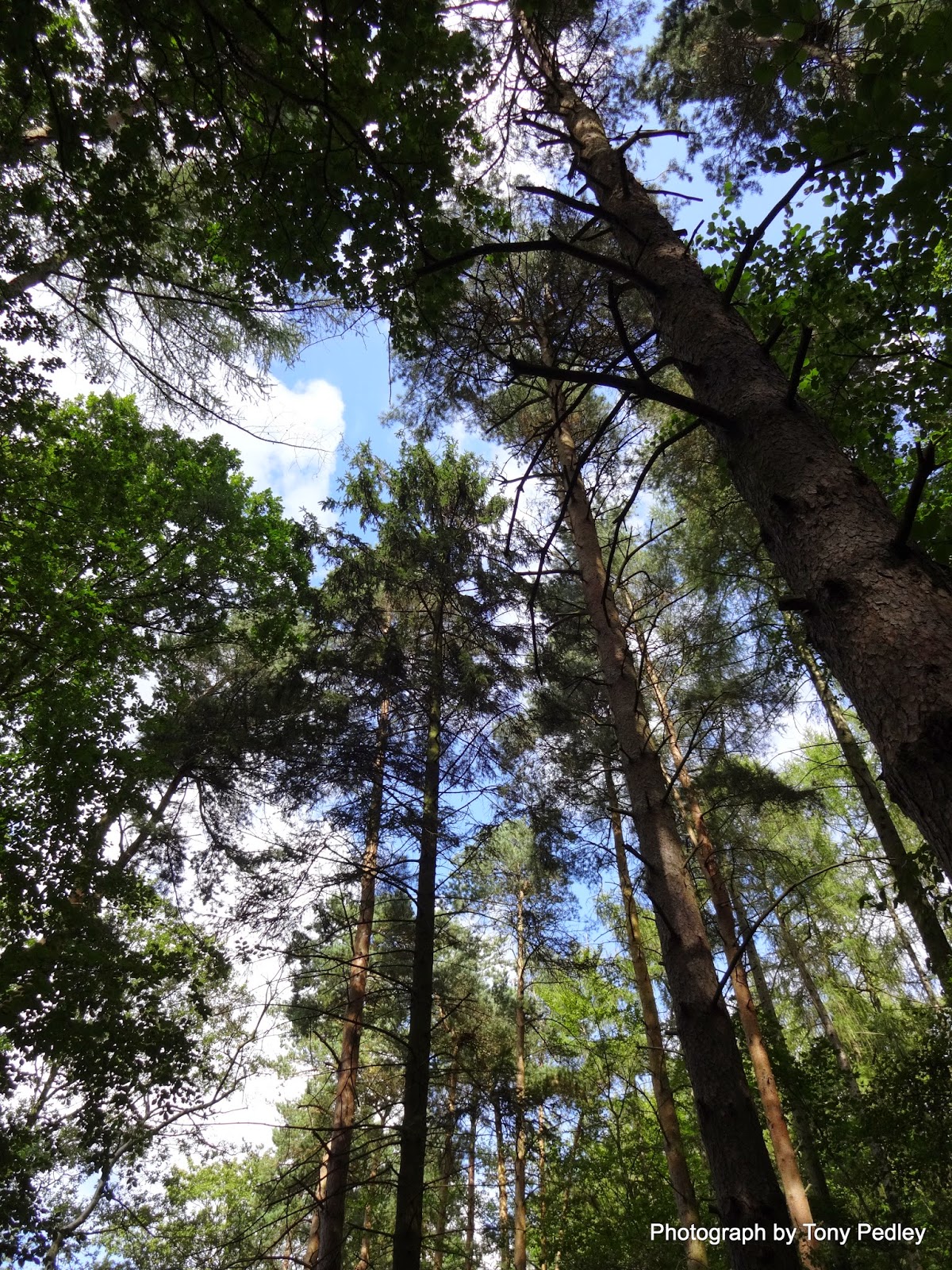 |
| Camera coped pretty well in the dim forest |
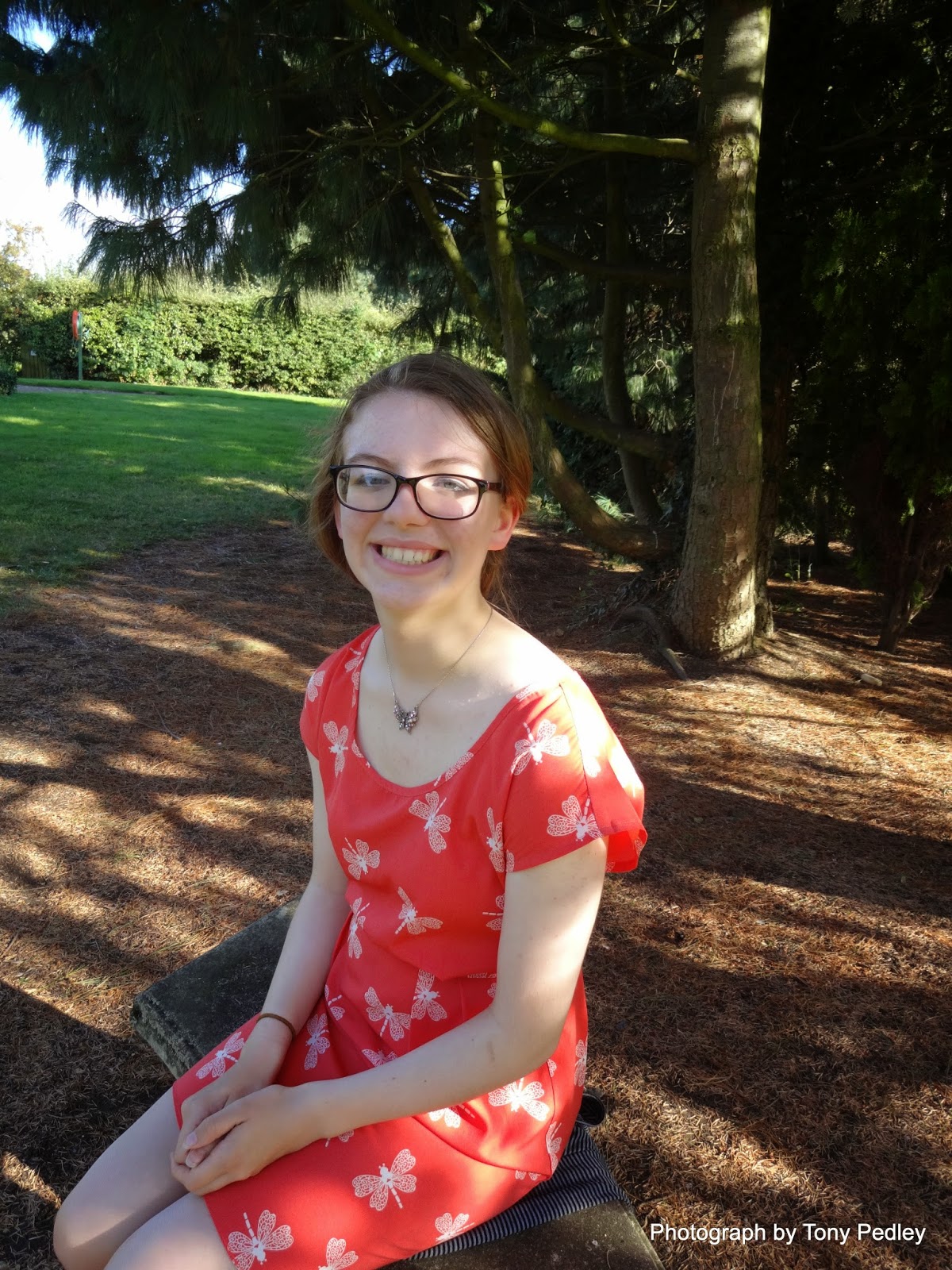 |
| Again skin tones came out well |
The problem with combining a long zoom with a small aperture is that even with with image stabilization, any moving object will end up being blurred because the shutter speed will be so high.
We then went to a local hotel for afternoon tea and this was a good place to try the low light capabilities. The 1st shots in the foyer were promising, but when we got in the dining room, things became more difficult.
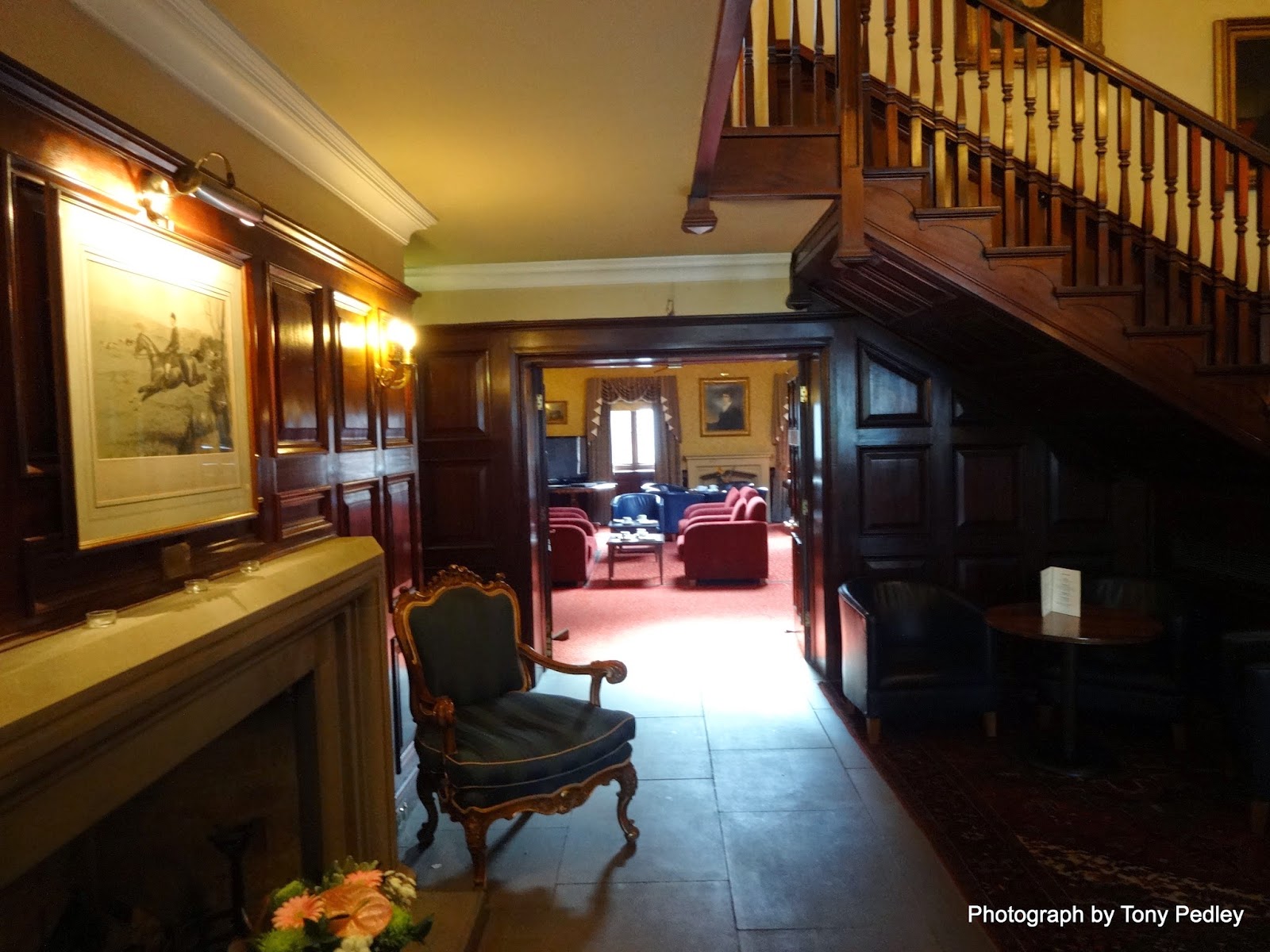 |
| The camera took this at 1/8 sec ISO 800 F3.3 |
To be fair, the room was very dark (Useful note, if you are looking for a classy afternoon tea, avoid the Quorn country hotel), but the camera plumped for a 1/5 shutter speed at 800 ISO(the camera can go to 12800, although whether that is usuable is questionable), meaning many of the photos had blurred people in them. However the image stabilization did a great job, but it could only do so much. I later found other options hidden under the SCN mode which may of allowed better photos, but it showed the limitations of the automatic nature of point and shoot cameras.
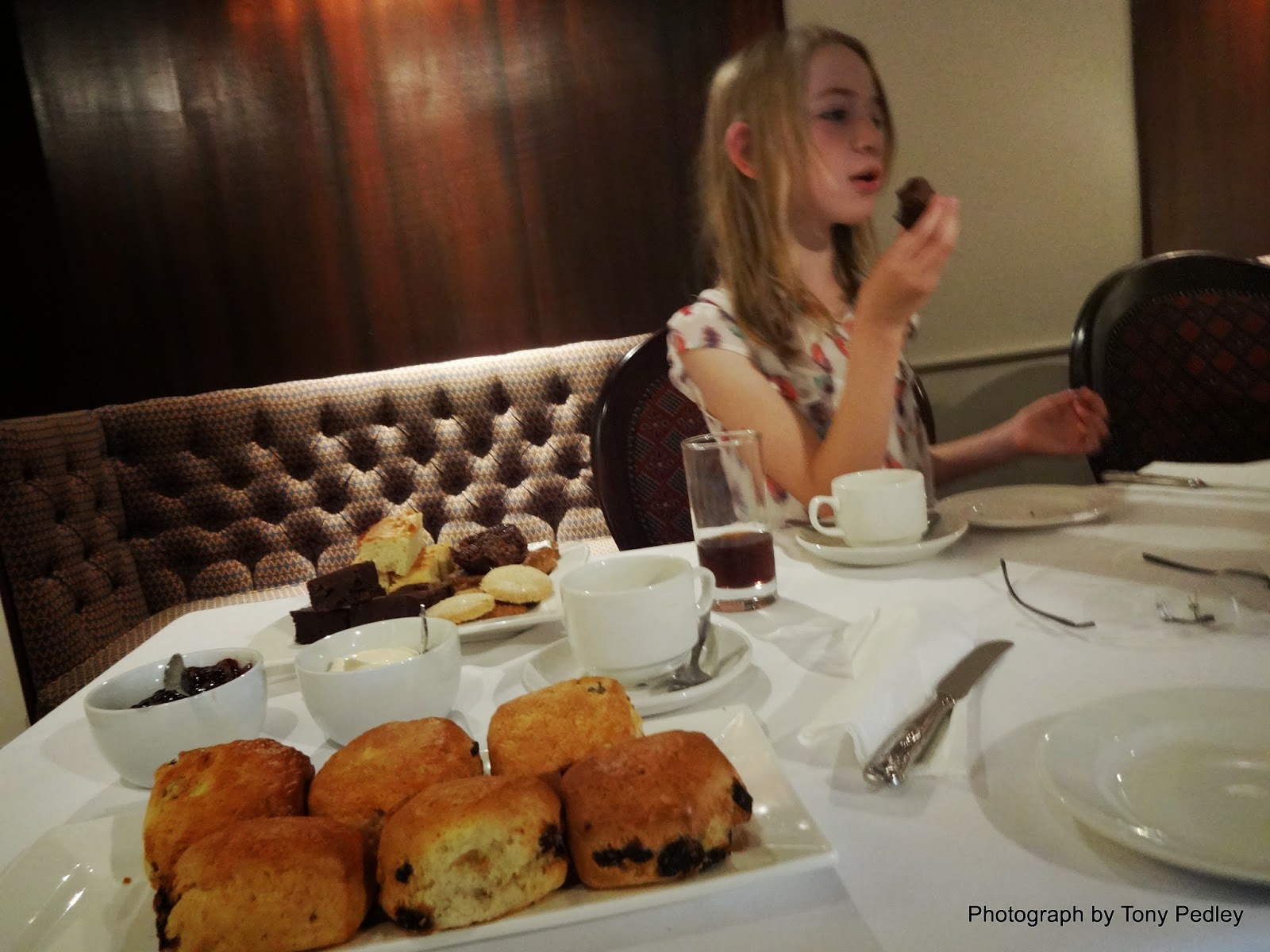 |
| This was taken at 1/25 ISO 800 F3.3. The room was very dark and handheld showing how good the image stabiliser is |
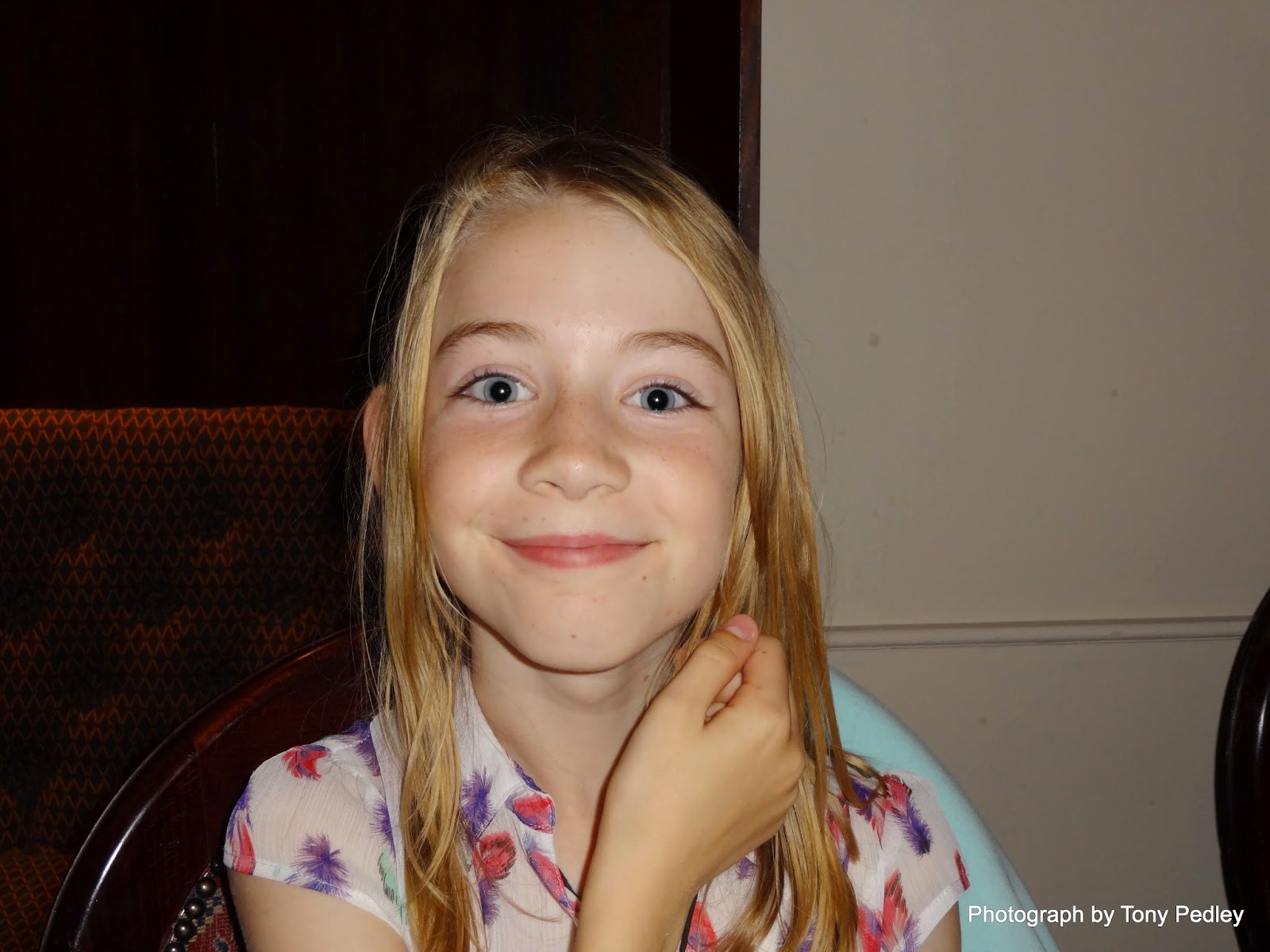 |
| A photo taken with flash on |
I at one point resorted to using the flash. Now generally I don't like using a flash, but the results were not too bad, with skin tones coming through pretty well. In hindsight however I think I would of tried pushing the ISO up higher using the program mode.
I was however pretty impressed with the white balance accuracy throughout.
I was however pretty impressed with the white balance accuracy throughout.
Conclusion
The Sony DSCWX200 is much like the rest of the compact breed. It is a competent camera that provides good functionality for a someone who has little interest in the mechanics of photography, but just wants to get a decent photo. However like all such cameras, it's performance is limited by the physics of the lens attached. This is something that no amount of electronic trickery can overcome.For me, spoiled as I am by the almost infinite control (and associated complication) of a DSLR, it could be frustrating to rely on the camera to get the best shot, but then again I am not the target audience for such cameras and my wife's need for something that just works will no doubt be met by this camera.
However the interesting thing for me is the insight into how camera technology has moved on since I last bought a compact camera and possible ways such cameras may evolve.
It has been said that the compact camera market has been decimated in recent years by mobile phones. There is a lot of truth in this. Why carry a small camera when the one on your phone is always with you and can take comparable photos?
However there are and always will be limitations on mobile phone photography. Not least is the size of the lens that can be attached on a slim object like a mobile.
This is why it is so mystifying why camera makers insist on putting a 20x zoom lens on such a camera, when the maximum aperture and sensor size makes it virtually unusable at the highest resolution. As my search for a camera has shown, it is hard to find a cheap compact that has a fast lens and good low light capability. Clearly part of the problem is that it is easy to sell a camera to someone based on zoom range rather than the relatively obscure measure of aperture size. The irony is, that these sort of cameras will most likely be used where low light performance is the key requirement, rather on how far it can zoom.
Maybe instead of bemoaning the fact that mobiles are disrupting the camera market, camera manufacturers should be looking at what they can learn from mobile technology. In this respect Sony and Samsung, with there large mobile divisions should be well placed to take advantage of this. One of the most interesting cameras to come out recently is the Samsung Galaxy camera. While the jury is still out on the success of the product, it does perhaps point the way to go.
For starters the mobile generation now expect a large high resolution screen, much in the way that mobiles have. They also expect such screens to be scratch and grease resistant, which is something camera makers have been slow to understand. After all compact cameras are as likely to spend time cosying up with my car keys as my phone, so I see no reason why the same displays on a mobile are not used on cameras.
In tandem with this, mobile users expect all such screens to be touch enabled. Sony have been surprisingly slow in adding touch to there cameras, compared to say Panasonic, and while generally I am ambivalent about touch interfcaes, the ability to indicate the focus point on the screen is definitely something I find very useful on a camera.
Over the years my mobile phone has accumulated a large number of photographic associated apps such as ones to calculate depth of field and the golden hour, and new editing tools. The camera apps themselves have also been updated to add functions such as better bokeh background control. This ability to extend is a something I miss on a camera, where basically you are stuck with what the manufacturer came up with at the time.
I can see no reason why cameras cannot be built in the same way. All that is needed is for the camera software API to be opened up to developers and a mechanism to upload to the camera invented. As Samsung has shown, an android OS provides much of this capability already (although I believe that Android provides less control over the camera than say IOS, which is something Google needs to address).
Another interesting feature is the ability to remote control the camera from other devices. This is something I would like on my present DSLR
So do I like the camera?
Actually yes I do. the more I use it, the more i see it's merits. I would certainly not be embarrassed in taking it to situations where my DSLR bulk would be a disadvantage. I also think my wife will get a lot of good shots out of it.
Not that it is going to replace my DSLR. The lack of control and small maximum aperture, means my trusty DSLR will always be my weapon of choice. But at least I now have a something to fallback on.
Best of all, my wife can now stop complaining about not having anything to take decent photos with.

No comments:
Post a Comment